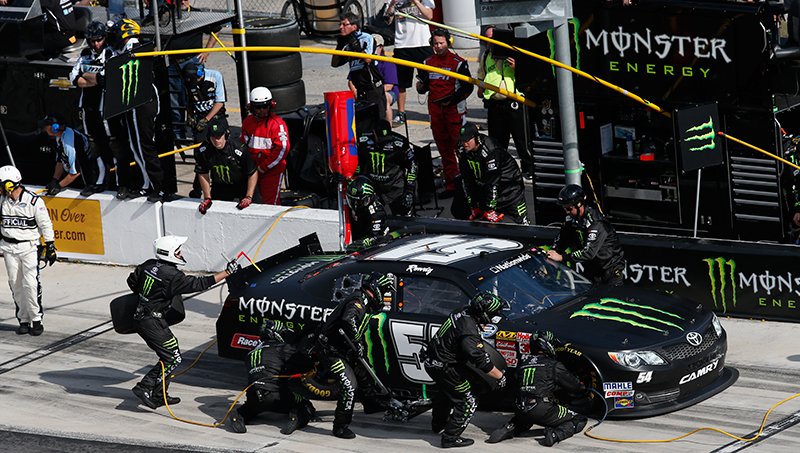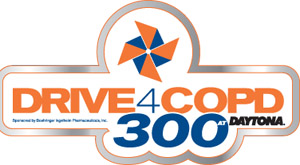Jimmie Johnson has his second Daytona 500, Chad Knaus has his first, and Dale Earnhardt Jr finished second again. Some will remember the race more for Danica Patrick starting at the pole, leading some laps, staying up front all day, and finishing eighth. Still, even more people will remember the weekend at Daytona for what took place the day before at the end of the Nationwide race.
A score and more fans left the track on Saturday to either receive, or only after they had received, medical attention following Kyle Larson’s car going up into the fence to leave everything in front of the firewall on the grandstand side of the wire. Could this have been prevented? Sure. Just as fans getting run over standing at a curve watching a rally or off-road race could have avoided injury by being in a place where an out of control car would not barrel roll over them. The dangers of sitting in a spot a few feet from where 3200 pound cars running 200 mph might be bounced into your lap near the finish line seems rather obvious, too. It all comes down to the amount of risk one wishes to take.
In 1955, a wreck at La Mans caused flaming pieces of a car to fly into the stands, killing one driver and 83 spectators, while injuring more than 120 others. It was the worst disaster in motorsport history. As to why so many were affected is rather straight forward. They had all gathered in a location that made them vulnerable to be caught up in what took place on the track. It was as simple as that, as was what happened at Daytona.
If one charted out all areas debris has, in the past, entered the grandstand areas, and banned spectators in those areas, then that might be a start. Then we can look at areas where debris could conceivably be flung out to endanger fans, even in freak situations, and keep them out of there as well. Then we can try to convince those fans that such moves are for their safety. We can try, but we know how those same fans will react. They want to be close to the action, and they will claim to accept the risk of such an unlikely event happening to them, at least until disaster actually strikes. It does not take a genius to figure out that the closer you sit to the track the better the odds are that what happens on the track won’t stay on the track.
At Daytona, for example, I have sat about 40 rows high on the backstretch. The odds of getting hit by anything there were low, but not impossible. The odds were sure a lot less than had I been sitting five rows up near the start finish line, yet there remained the chance. Still, does anyone want to sit anywhere near trackside at Talladega when Brad Keselowski and Carl Edwards are racing to the finish? Yes, a whole bunch would.
Where are the danger areas? Well, consider that Dale Earnhardt’s car was turned nearly 90 degrees, yet was still traveling at about 160 miles per hour at the moment of impact in his fatal accident. Also consider that at Talladega, Carl Edwards had his car lifted, then clipped even higher, to send it sailing a dozen feet up into the catch fence. So, if you take a 3200 pound car traveling at 160 mph and launch it 12 feet into the air over any wall at any part of any two mile track, you tell me how far that car or parts of that car might rocket into the wild blue yonder? That is your danger area. To eliminate the danger, you would have to eliminate a heck of a lot of seats and access areas, and still something might be missed. A few seats might be removed, but very few. The fans won’t stand for it.
NASCAR and those who operate the tracks they race on will work to make it a safer experience, but they will never totally eliminate all the risk we must accept when we attend a race or make our seat selection. Other than putting the fans back, way back, from the action or covering the track with a bubble they can not absolutely remove all danger. Freak events can and have happened. At best, NASCAR might increase the odds against injury to you and I, but they will never be able to totally eliminate the possibility. That is the risk we assume when we buy a ticket.







